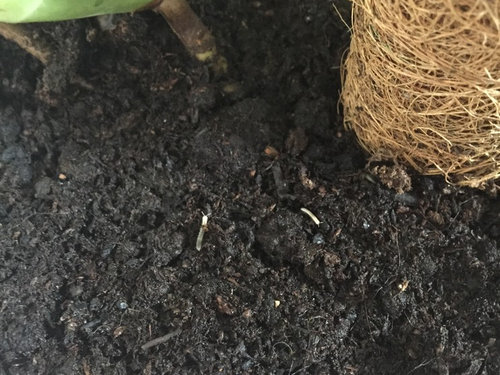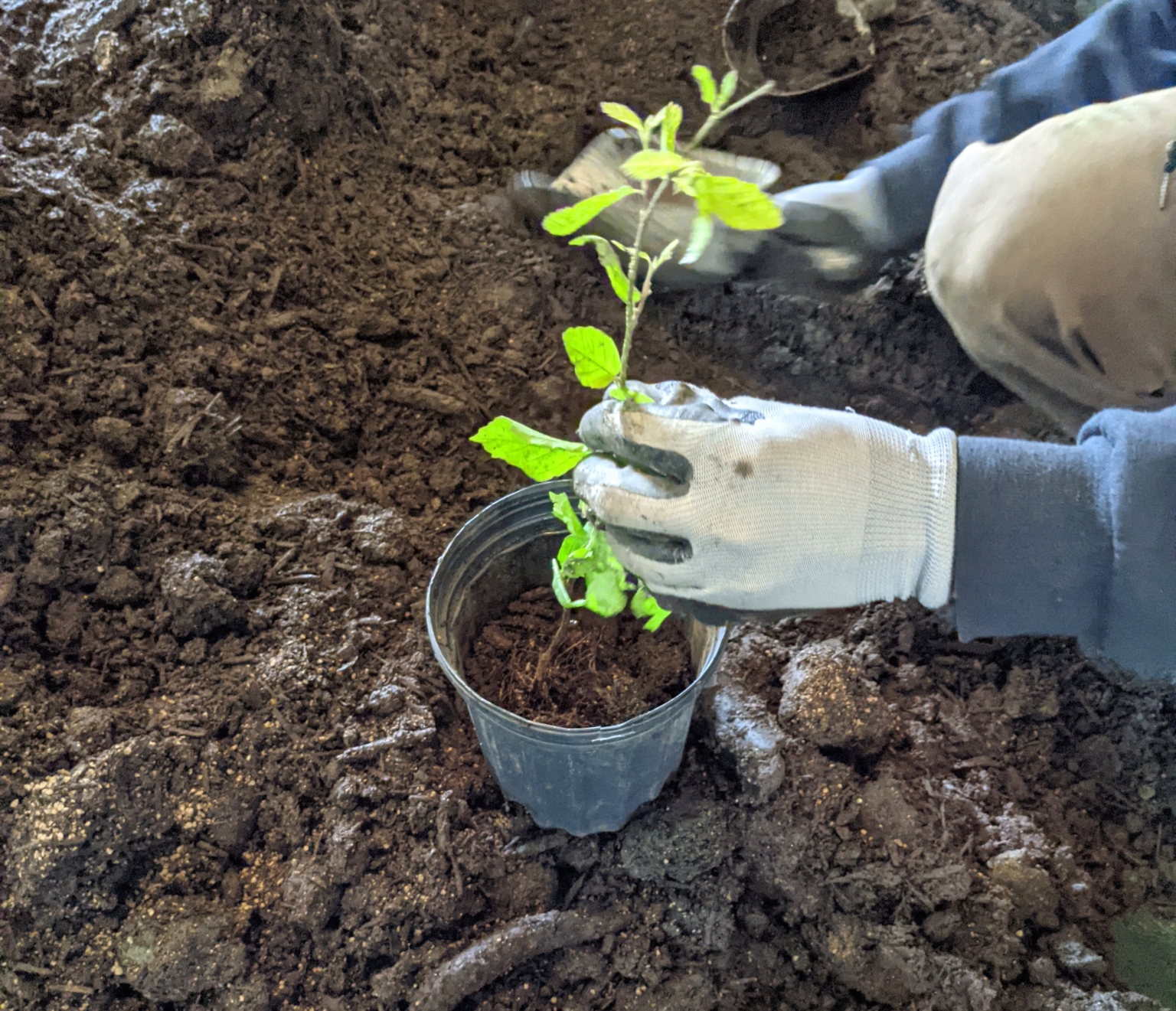


Hence, they can spread quickly in a particular area if you don’t use a curbing mechanism. They tend to live there and hide in the roots of nearby trees and shrubs. If there is vast decaying organic matter in your compound, this will bore fruit to fungus balls. Why Are There Fungus Balls In The Soil? 1.

If you don’t take care, they can even grow to the size of a tennis ball if you neglect your environment. They usually appear as rounded cream-colored balls. Fungus balls are also known as puffballs or earth balls. It is your responsibility to make sure they don’t spread all over and ruin your compound. This will help you counteract the issue fast before it starts destroying your plants, flowers, or grass.ĭepending on the season, your environment may easily be destroyed by the fungus, molds, puffballs, or other impurities. Hence, it’s better to prevent their growth in the first place.While on your garden, lawn, or farm, be observant to see any impurities.
#Tiny balls in potting soil free
It will naturally climb or grow higher so as to produce more fruiting bodies.įungal growths in the form of white balls are mostly not a threat to your plants, but we still would prefer to have our gardens and pots free of any micro-organisms for hygiene purposes.įurthermore, any white fungus balls lying around your garden are poisonous to pets. Slime mold carries out the natural decomposing process on the grass clippings. If one of these balls is dissected, we will find spores inside.Īlthough they are not harmful to your plants, you might want to keep seedlings and new growth away from the fungal growth. These white eggs are immature fruiting bodies, just like the stinkhorn fungus. They are not a fungal colony but harmless slime mold. These white balls look much like heaps of white NPK fertilizer or insect eggs. If you notice clusters of hundreds of tiny white balls on the soil surface, chances are you made the mistake of using uncomposted lawn clippings as a mulch. Using any other methods to eliminate stinkhorns such as fungicides or bleach treatment is really not worth it because stinkhorns are nearly impossible to eradicate from a mulched area.Ī better strategy would be just raking out the moist mulched areas in your garden frequently, so the stinkhorn balls are kept disturbed, not allowing them to grow those smelly stalks. If you identify a smelly, slimy stalk or encounter these white balls while digging through your garden, you can rake out those balls from the vicinity and get rid of them. This odor attracts flies and other unwanted insects to your garden. The stinkhorn fungus feeds on decomposed organic matter beneath the soil and is most likely to be found in soil that is kept consistently moist.Īlthough they cannot harm humans or plants, slimy stalks can grow upwards from the fruiting bodies and spread a putrid odor around your plants. They will easily dry out if they are taken out of the soil and kept in the open air. These balls might have root-like structures protruding out of their spherical body and are identified as immature fruiting bodies of the stinkhorn fungus. White Fungus on Tomato Plants - Is It a Threat? When Are White Fungus Balls a Cause of Concern?Īlthough mostly they are nothing to worry about, you should not lay back and relax until you are completely sure that those white fungus balls will not grow large and engulf your plants. More often than not, fungus balls being present in the soil is not a cause of concern. The difference in the appearance of fungal balls is due to the different fungi and their respective living conditions. You might find these white balls in a range of sizes and textures, such as large puffy balls or clusters of white eggs. White fungus balls in the soil are most often fungal colonies. Along with watering, light, fertilizing, and potting, plant owners also need to keep an eye out for anything that might harm your plants-for example, fungi. It is no longer nature’s responsibility to provide your plants with all they need to thrive, but it is yours. Growing plants indoors or in your garden is a different story. In nature, there is a natural cycle of life between plants, animals, and other micro-organisms, and mother nature has it all planned out for all organisms to thrive.


 0 kommentar(er)
0 kommentar(er)
